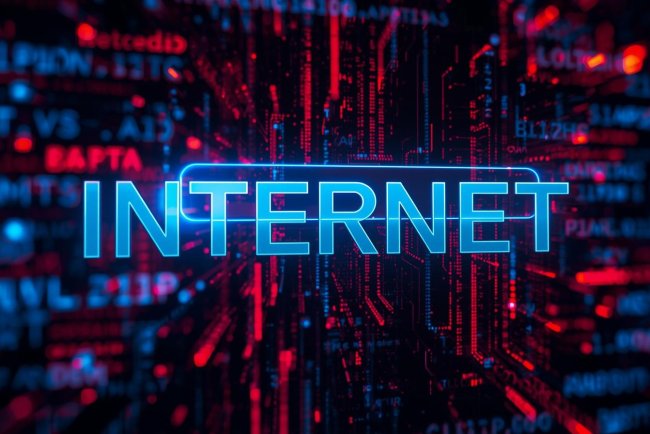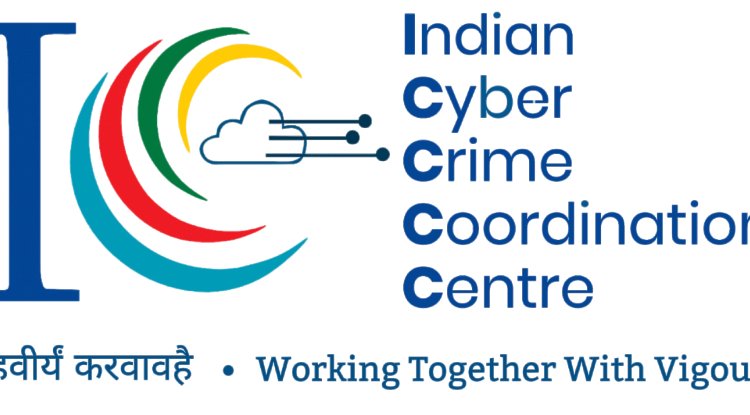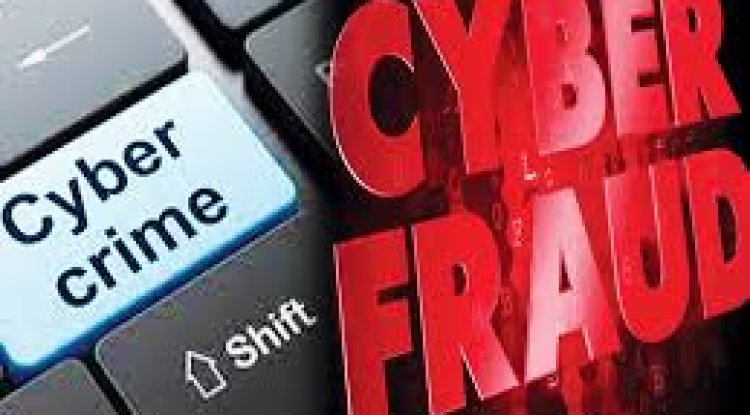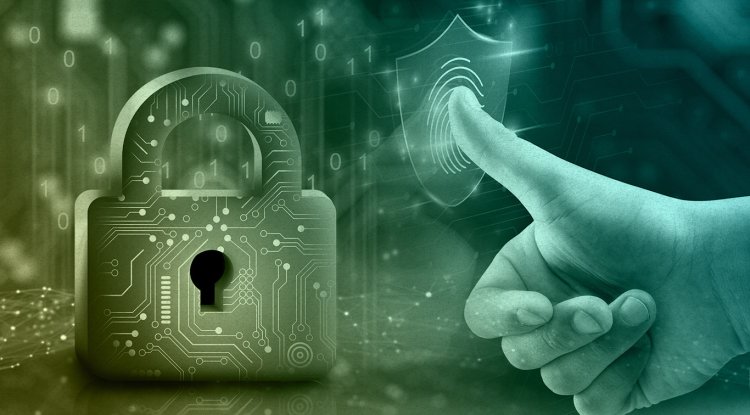Voice Identification in Forensic Science
The technique of identifying or confirming a person's identity based on their voice characteristics is known as voice identification, or speaker recognition. It is based on the idea that each person's voice has distinct characteristics that are impacted by both learnt speech patterns (accent, rhythm, and intonation) and anatomy (vocal tract, vocal cords).
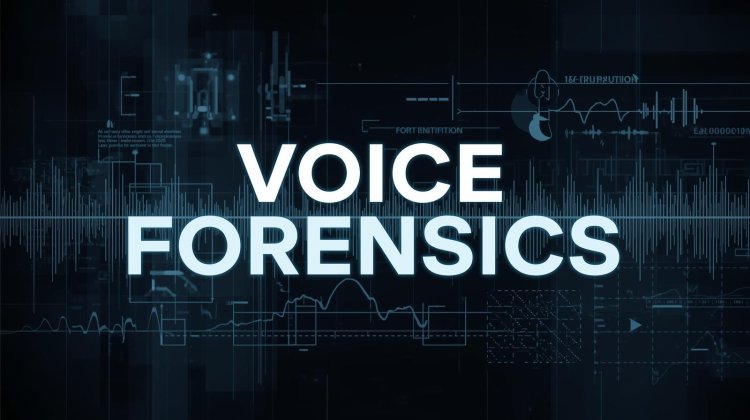
Scientific Basis of Voice Identification
A person’s voice is shaped by physiological and behavioral factors:
Factors related to hysiology (unique anatomy):
size and form of the vocal tract, nasal cavity, tongue, lips, teeth, and voice cords. The frequency spectrum and resonance of speech are determined by these structures.
Behavioural Elements (Taught Speech Patterns):
pronunciation, vocabulary, mother tongue influence, accent, and dialect. Speaking style, stress patterns, intonation, and rhythm.
Types of Voice Identification
1. Speaker Identification
Focus: Who is speaking?
-
This deals with recognizing the identity of the speaker.
-
Based on unique vocal characteristics (anatomy + habits).
-
Commonly used in forensic investigations.
Types:
-
Speaker Identification (Open-set / Closed-set)
-
Closed-set: Suspect is among a known group (e.g., 5 suspects).
-
Open-set: Suspect may or may not be in the group.
-
-
Speaker Verification (Authentication)
-
Confirms whether a particular voice matches a claimed identity.
-
Used in banking, security systems, and forensic authentication.
-
Features Analyzed:
-
Physiological: Vocal cord vibrations, vocal tract shape, resonance.
-
Behavioral: Accent, pronunciation, intonation, speaking style.
Example (Forensic):
-
Matching a ransom call to a suspect’s known voice sample.
2. Speech Identification
Focus: What is being said?
-
This deals with recognizing the spoken content (words).
-
Technology = Automatic Speech Recognition (ASR).
-
Common in transcription, voice assistants, and surveillance.
Types:
-
Isolated Word Recognition
-
Recognizes single words spoken separately.
-
-
Continuous Speech Recognition
-
Recognizes sentences in normal conversation.
-
-
Speaker-Independent
-
Works regardless of who is speaking.
-
-
Speaker-Dependent
-
Trained to recognize a specific person’s speech.
-
Example (Forensic):
-
Converting a threatening phone call into text to analyze the message.
|
Speaker Identification = Finding or verifying the person behind the voice. Speech Identification = Understanding the words spoken in the recording.
|
Steps in Forensic Voice Examination
-
Collection of Samples
-
Questioned Sample: Recording from crime (phone calls, CCTV with audio, intercepted calls).
-
Known Sample: Suspect’s controlled voice recording.
-
Samples must be legally obtained.
-
-
Pre-processing
-
Remove background noise.
-
Enhance clarity without altering the voice characteristics.
-
Use forensic audio tools like Adobe Audition, GoldWave, PRAAT, MATLAB-based software.
-
-
Feature Extraction
-
Extract measurable speech features:
-
Pitch, formants, speech rate, stress, pauses, intonation patterns.
-
-
-
Comparison
-
Auditory-Perceptual Comparison (by experts).
-
Acoustic-Spectrographic Comparison (objective).
-
Automatic Recognition Systems (AI-based matching).
-
-
Evaluation
-
Expert combines auditory and acoustic results.
-
Likelihood ratio (probability of same-speaker vs different-speaker).
-
-
Expert Testimony
-
Expert presents findings in court.
-
Must follow admissibility standards (Frye/Daubert rules in US, Section 45 of Indian Evidence Act in India).
-
Applications in Forensic Science
-
Criminal Cases:
-
Threatening/ransom calls.
-
Terrorist or extremist communications.
-
Kidnapping investigations.
-
-
Cybercrime:
-
Online fraud/scam call investigations.
-
-
Authentication:
-
Voice biometric security (banking, defense).
-
-
Cold Cases:
-
Re-examining old tapes/recordings.
-
Tools & Software Used in Forensic Voice Identification
-
PRAAT – Open-source phonetic analysis tool.
-
VoiceGrid Nation / Nuance Forensics – Speaker recognition software.
-
Adobe Audition & Audacity – Audio cleaning/editing.
-
MATLAB Toolboxes – Acoustic feature extraction.
-
OxVoc (Oxford Voice Database) – For training AI speaker models.
Legal Admissibility
-
India: Voice spectrographic analysis admissible under Section 45 of the Indian Evidence Act (Expert Opinion).
-
USA: Accepted if method passes Daubert Standard (reliability + acceptance in scientific community).
-
UK & Europe: Courts require both auditory and acoustic analysis together.
Future of Forensic Voice Identification
-
AI-powered systems for real-time suspect identification.
-
Multimodal biometrics (voice + face + gait for higher accuracy).
-
Improved anti-spoofing techniques to detect disguised or AI-generated (deepfake) voices.
-
Integration with surveillance systems for counter-terrorism.
Follow cyberdeepakyadav.com on
Facebook, Twitter, LinkedIn, Instagram, and YouTube
What's Your Reaction?








